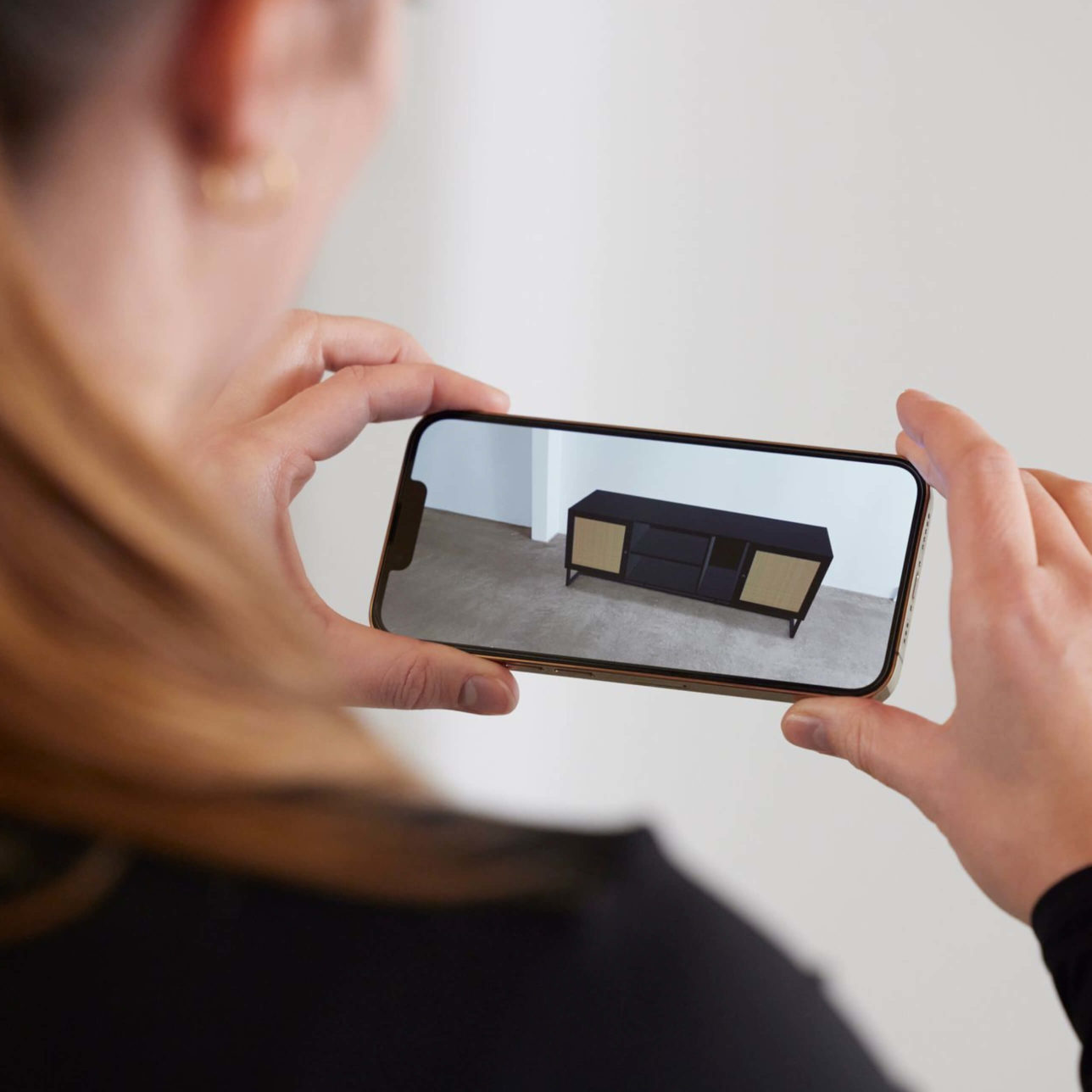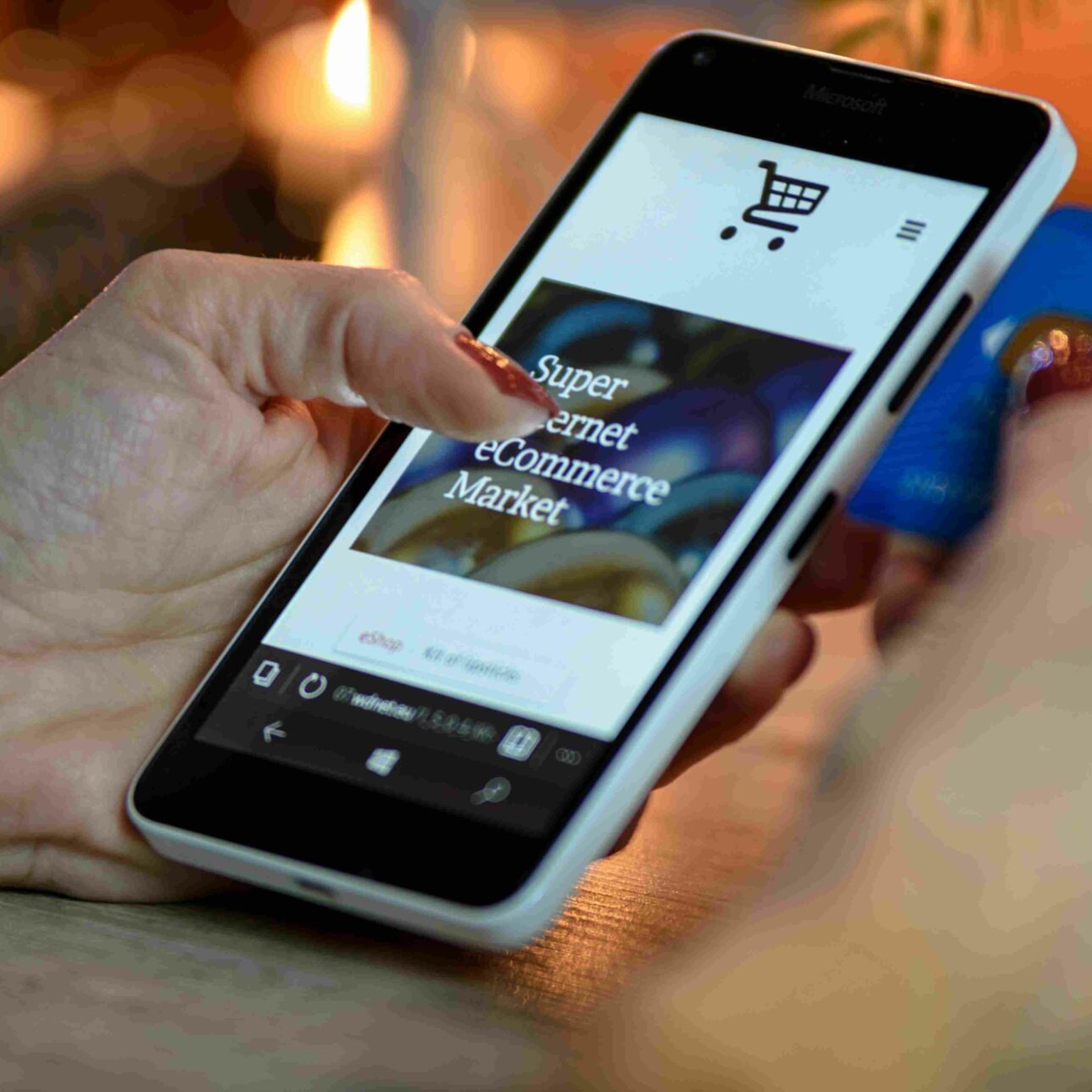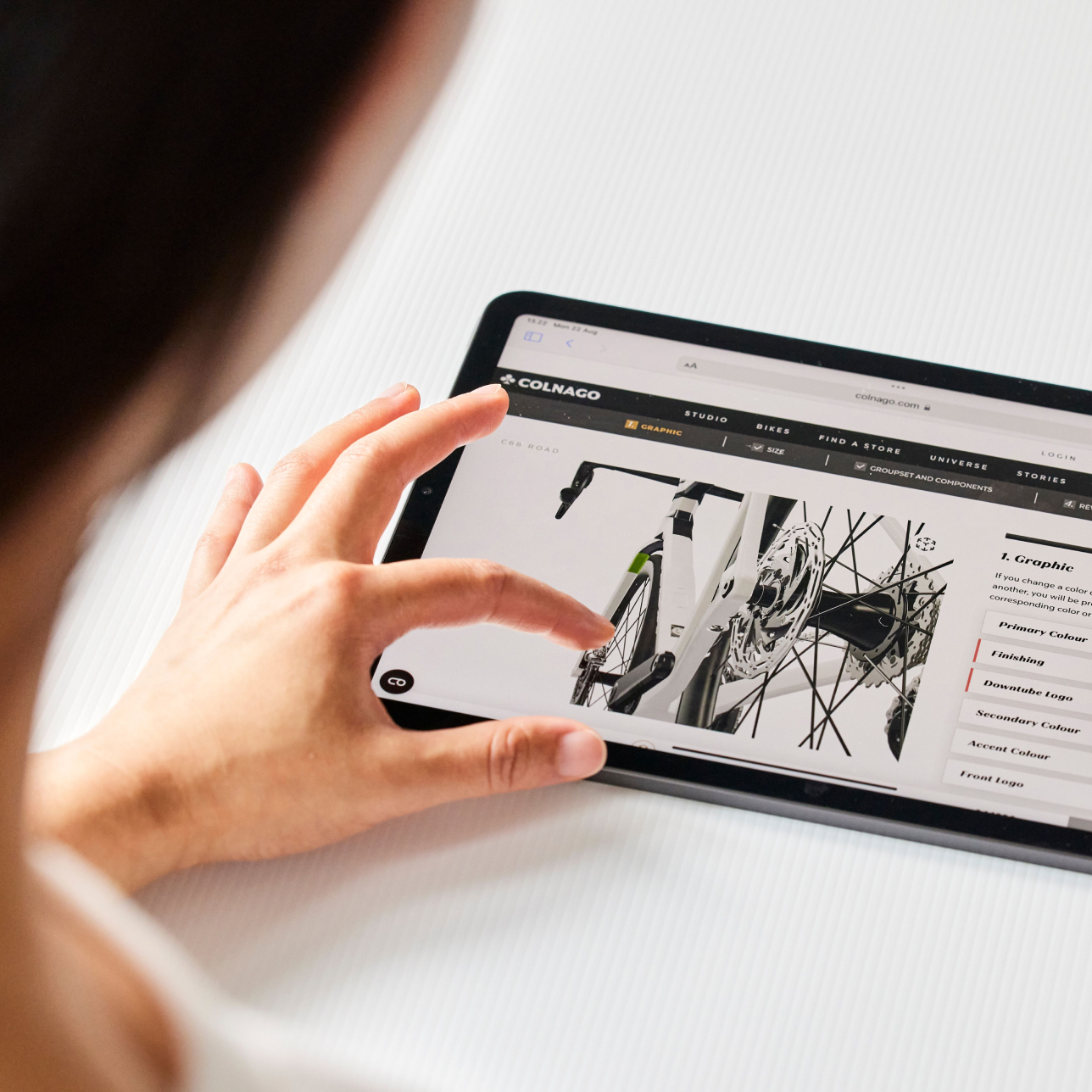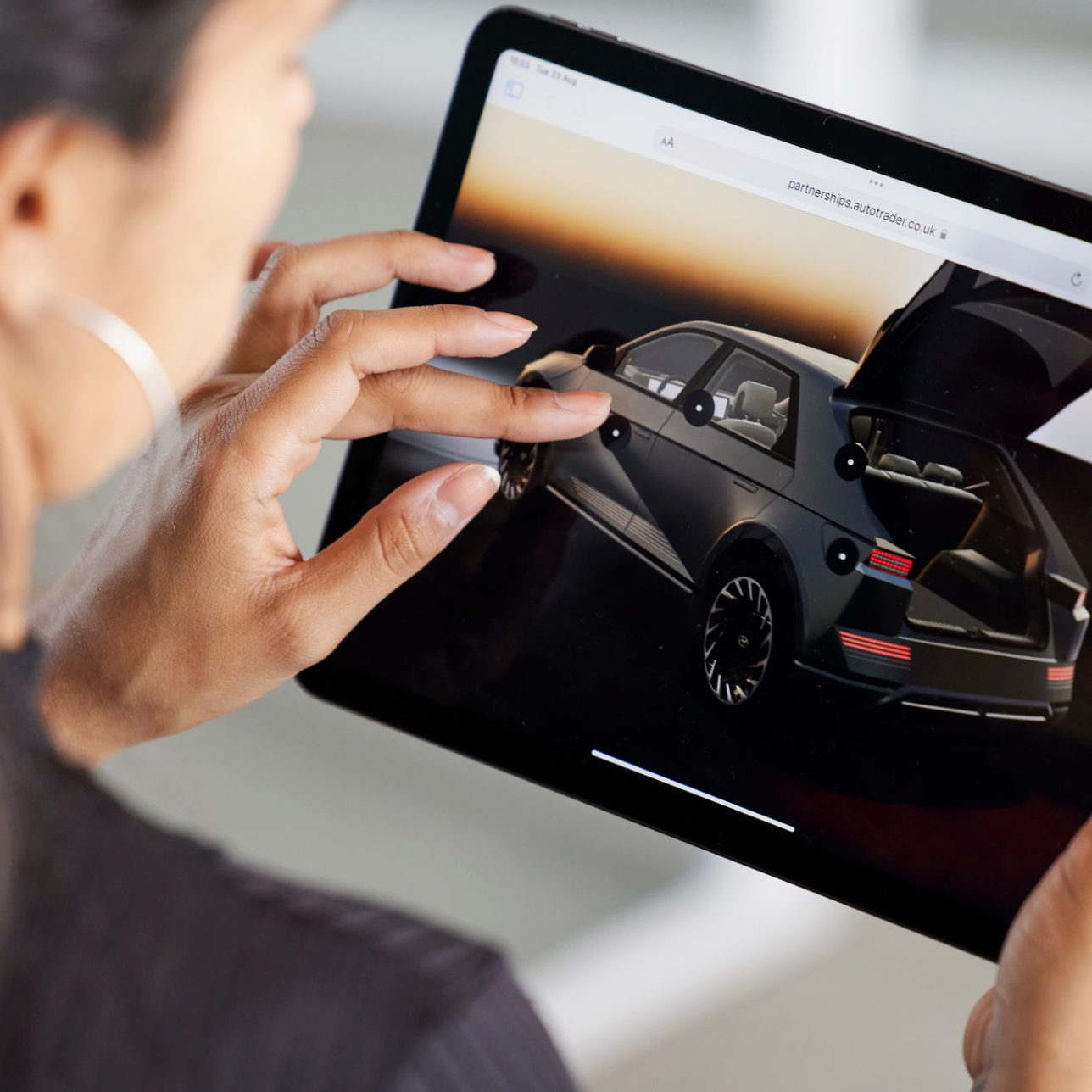How digital twin technology is revolutionizing online retail
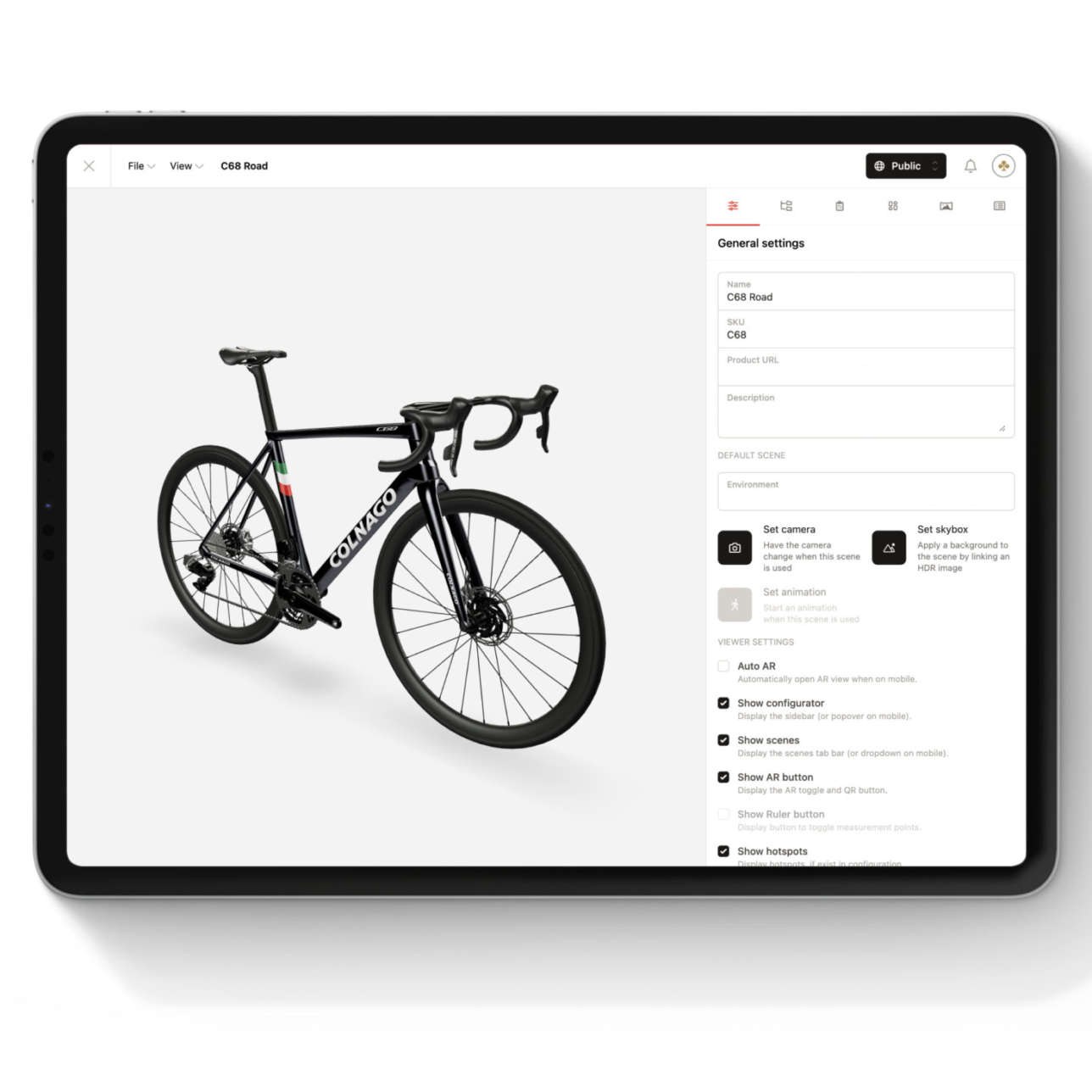
If you’ve heard the term “digital twin” floating around and wondered what the hype is all about, you’re in the right place.
Digital twin technology is quietly but irrevocably transforming the way brands sell, customers shop and businesses grow.
In this actionable guide, we’ll break down what digital twins actually are, why they’re causing such a stir in online retail, and how you can leverage this technology to stand out from an increasingly crowded eCommerce landscape.
What is a digital twin?
At its core, a digital twin is a virtual replica of a physical object, process or system. Think of it as a digital counterpart that evolves alongside its real-world twin, constantly updating with real-time data.
When it comes to the world of retail, a digital twin could mean a digital version of a product, a store environment or even a customer journey.
It’s important to understand that digital twins are not static 3D models. They’re dynamic, data-driven and interactive. By integrating information from user interactions, sensors and business systems, digital twins provide a holistic, real-time view of whatever they represent. This opens the door to insightful simulations, testing and optimizations without the risks or costs of real-world trial and error.
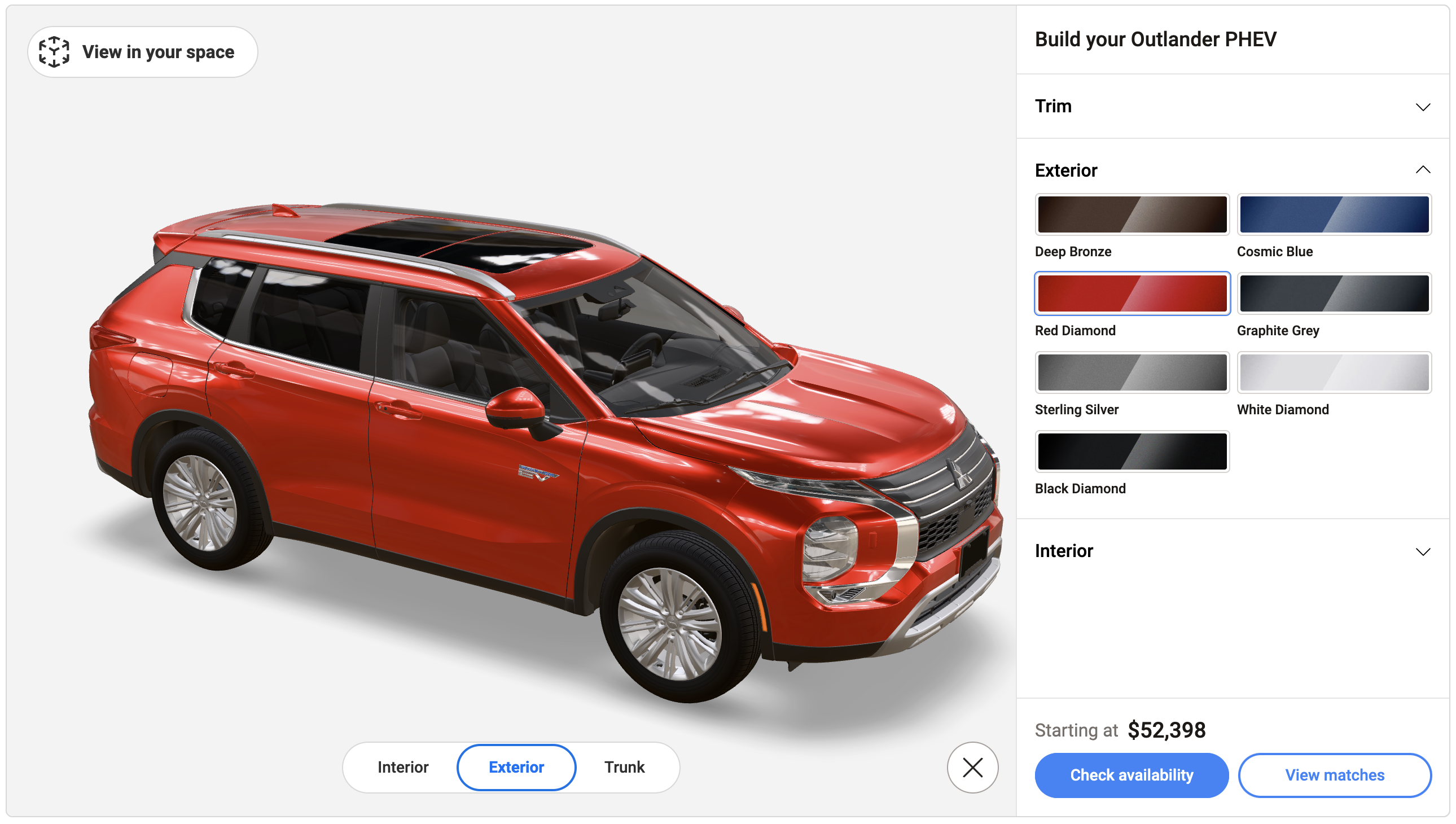
Types of digital twin technology in retail
Digital twins come in various forms, each designed to solve a different challenge across the shopping experience. Here are the most common types in the retail space:
- Product Twins – these are the stars of the digital show – virtual versions of your products that customers can spin, zoom, explode and even try out in their own homes with AR. They are ideal for everything from furniture to fashion.
- Process Twins – ever wish you could see your order fulfilment in action or spot bottlenecks and fix them before they become a real-world headache? That level of efficiency-driving simulation is what process twins were developed for.
- Customer Journey Twins – by mirroring your customers’ decision-making paths, this type of digital twin helps you optimize touchpoints, reduce friction and personalize experiences before the customer even asks.
The real magic happens when these digital twins are used in conjunction to provide your brand with real-time insights, smarter decisions and standout customer moments.
“The real breakthrough isn’t the technology—it’s that digital twins let you fail fast and cheap. Instead of losing actual customers while testing new checkout flows or pricing models, you can burn through dozens of scenarios using behavioral data from your existing customer base. It’s like having a time machine for business decisions.“
– Gregg Kell, President, Kell Solutions
Biggest benefits of digital twins in retail
Digital twins are more than just a gimmicky tech upgrade. They’re a genuine game-changer for retailers looking to stand out and scale up.
Here’s how:
Unforgettable Customer Experiences
Digital twins let shoppers interact with products in ways that were once impossible. Imagine virtually trying on clothes, placing an AR sofa in your living room or exploring a virtual showroom that mirrors a flagship store. These immersive experiences boost engagement and help customers make more confident decisions, leading to higher satisfaction and loyalty.
Personalized Product Customization
No two shoppers are the same, and digital twins make it easy to treat them that way. By tracking customer preferences and simulating different scenarios, brands can offer tailored recommendations and smart customization options.
Example – AutoTrader Canada uses London Dynamics’ 3D digital twin technology to let shoppers interactively build and personalize vehicles in real time, offering tailored options based on real inventory and boosting engagement by 2.5x.
Fewer Returns & Improved Loyalty
When shoppers can comprehensively see, spin and even “try” products virtually, they’re far less likely to be disappointed when their order finally arrives. This means fewer costly returns, less hassle for your team and a boost in sales thanks to happier, more confident and more loyal customers.
Example – IKEA Place – a 3D and AR visualization app developed by the team behind London Dynamics – saw 20% fewer returns and a 35% increase in online sales as customers could visualize furniture in their own homes using 3D models before purchasing.
Supercharged Efficiency
Digital twins act like a control centre for your operations. By simulating store layouts, staffing and even energy usage, retailers can spot inefficiencies and fix them before they become expensive problems.
Example – Walmart has been a pioneer in utilizing digital twin technology, using it to optimize everything from staff scheduling to energy consumption, slashing operational costs while keeping service levels high.
Data-Driven Decisions
With a digital twin, you’re no longer guessing as you’re acting on real-time insights. Retailers can track inventory, predict demand and make smarter decisions at every level of the business.
Example – BCG research shows that retailers using digital twins have achieved 20–30% better forecast accuracy and can cut delays and downtime by 50–80%.
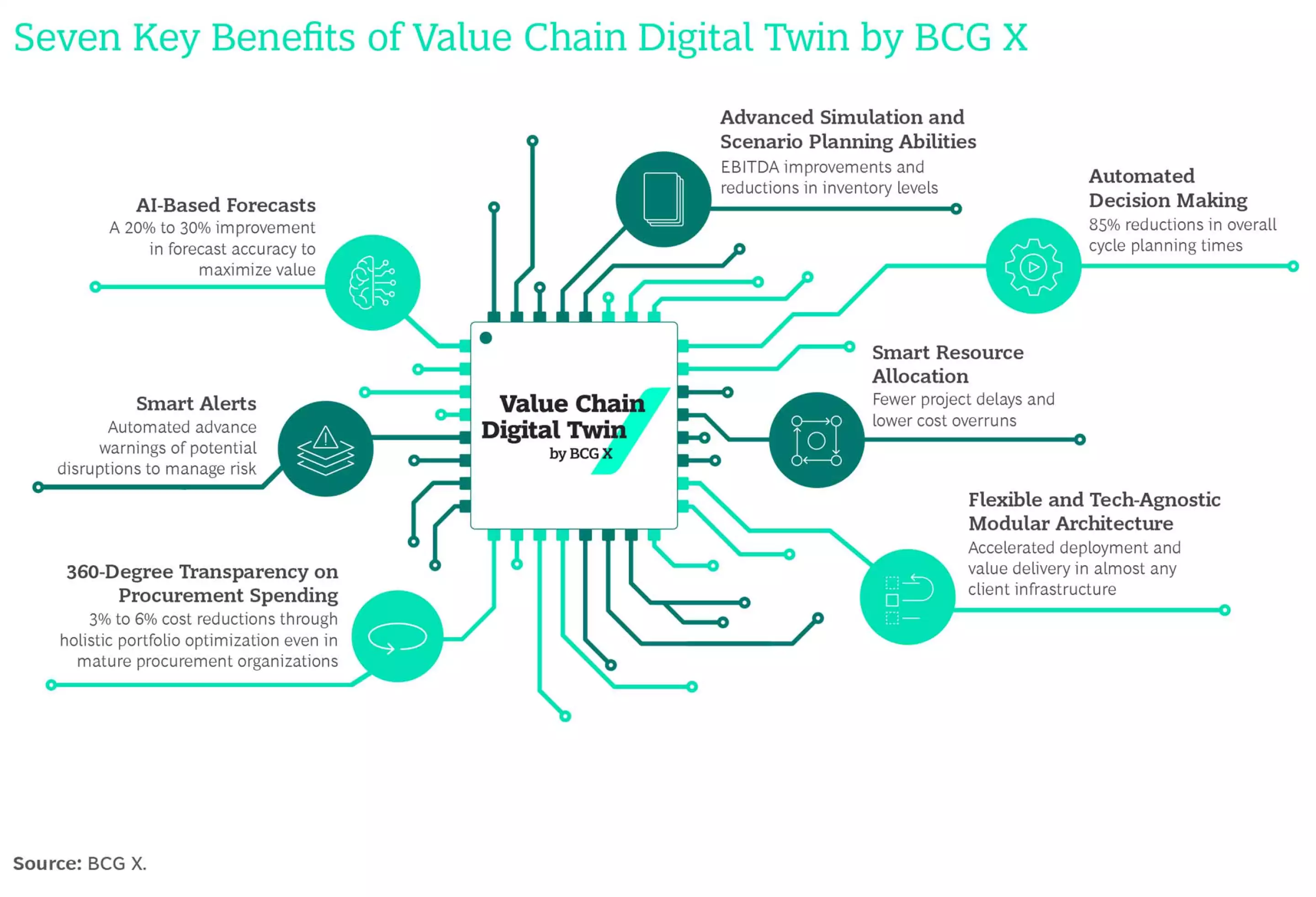
Sustainability and Reduced Waste
By minimizing the need for physical samples, travel and overproduction, digital twins help retailers operate more sustainably. This is obviously good for the planet but it also helps your brand reputation and keeps costs down.
Example – According to Accenture, using digital twin technology can reduce physical prototyping by up to 30%, helping companies lower waste and environmental impact during the product development phase.
Ask the Experts: “What challenges do digital twins solve in retail?”
“One of the biggest challenges digital twins addresses is the disconnect between different aspects of the retail operation. They create a cohesive view that bridges gaps between marketing, sales and logistics, fostering collaboration and ensuring everyone is aligned with customer needs.”
– Josh Qian, COO and Co-Founder, Best Online Cabinets
“The challenge [digital twin technology] actually solves isn’t technical – it’s decision-making speed. Business owners can test “what if” scenarios instantly instead of waiting weeks for real-world data. I had a furniture retailer test 12 different pricing strategies in one afternoon using their customer behavior twin, then implement the winner immediately.”
– Jason Duncan, CEO & Founder, Vincent Brand Go
“[Digital twin technology] solves a key eCommerce challenge: bridging the physical gap. When buyers can’t touch or try, clarity becomes everything. Digital twins make online experiences feel personal and real, without adding friction. It’s not a gimmick—it saved us real time, money and guesswork.”
– Yoad Bet Yosef, Owner, Nature Sparkle
“Digital twins help solve eCommerce challenges like returns by allowing virtual try-ons and accurate product previews, reducing mismatched expectations.”
– Amir Husen, Content Writer, SEO Specialist & Associate, ICS Legal
“The biggest challenge digital twins solve isn’t operational – it’s the “what will this cost me?” question every retailer asks before making changes. Instead of risking real revenue testing new checkout flows or shipping options, you can model the financial impact first using existing customer data patterns.”
– Lori Appleman, Co-Founder, Redline Minds
“The challenge it solves isn’t just visualization – it’s decision paralysis. Most retailers focus on showing products but digital twins can simulate the entire ownership experience. Customers stop second-guessing purchases when they’ve already “lived with” the product digitally for a week through predictive modeling of their usage patterns.”
– Raymond Strippy, Founder, Growth Catalyst Crew
“The challenge digital twins solve best in eCommerce is the unpredictability factor. Instead of launching changes and hoping they work, we can simulate everything from server load to user experience flows. It’s like having a crystal ball for your website’s performance—especially crucial when downtime costs thousands per minute.”
– Shawn Shameli, CEO, Hyper Web Design
How to build a digital twin
Digital twins may sound a little complex at first but, with the right tools and partners, this transformative technology is easier to adopt than most brands realize.
In fact, many retailers already have the essentials in place — from product visuals and customer data to compatible eCommerce platforms — making implementation faster, simpler and more scalable than it may initially seem.
So, how do you actually create a digital twin? It’s not as sci-fi as it sounds.
You essentially start with high-quality 3D data such as product scans, CAD files or even photogrammetry. Then, you combine this with real-time data from your business – think inventory levels, product page clicks or even sensor data from your warehouse.
With a platform like London Dynamics, you can bring all these ingredients together, making it easy to manage, update and show off your digital twins wherever your customers are shopping.
Here’s the quick recipe:
- Capture stunning 3D models of your products or spaces.
- Plug in real-time data like inventory or customer preferences.
- Add interactivity using AR, VR or web-based 3D viewers.
- Connect to your business systems for live updates and insights.
The result? A real-time, responsive digital asset that works for you 24/7.
How digital twin technology is impacting the retail industry
As digital twin technology becomes more sophisticated and widespread, its impact will only grow. This means that an increasing number of brands will be unlocking new ways to sell, connect and innovate.
In fact, Gartner predicts that the digital twin market will reach an estimated $183 billion in revenue by 2031, up from only $9 billion in 2021.
Meanwhile, according to McKinsey’s research, approximately 75% of companies in advanced industries are already using digital twin technology, even more so in sectors such as automotive, aerospace and defense.
If you want to stay ahead of the pack, now’s the time to jump on board.
Smarter shopping starts with smarter systems
As we’ve hopefully demonstrated, “digital twin” technology isn’t just another buzzword. For a growing number of brands, it is the ticket to creating unforgettable online shopping experiences, running a more efficient business and staying ahead in a constantly evolving digital world.
Digital twins are already reshaping how top retailers operate and engage customers. At London Dynamics, we make it easy to get started.
Get in touch with our team today to find out more.

Schedule a 30 minute introductory call with our team to learn more about the opportunities for your business.
Blog.
We’re working at the forefront of digital technology and believe in sharing knowledge within the industry to help elevate and unlock the power of 3D and AR.
